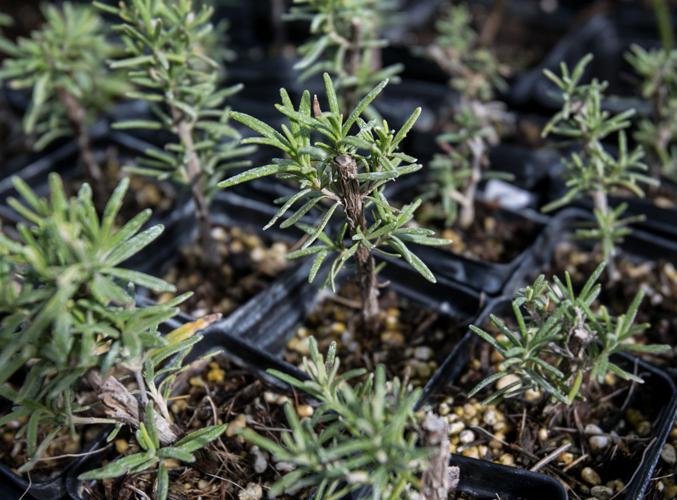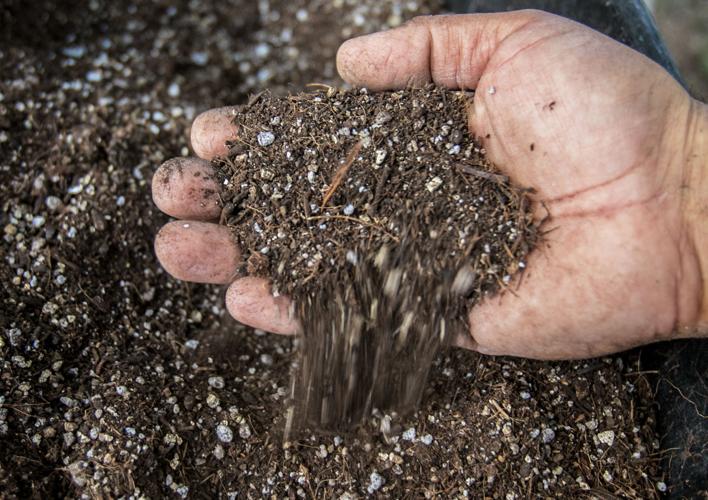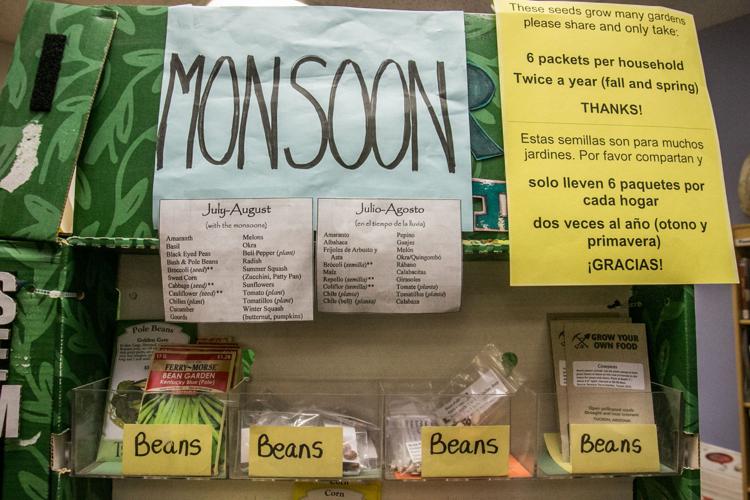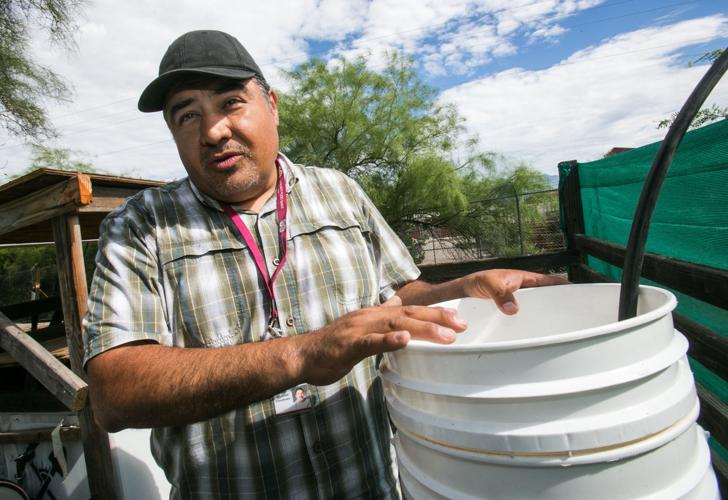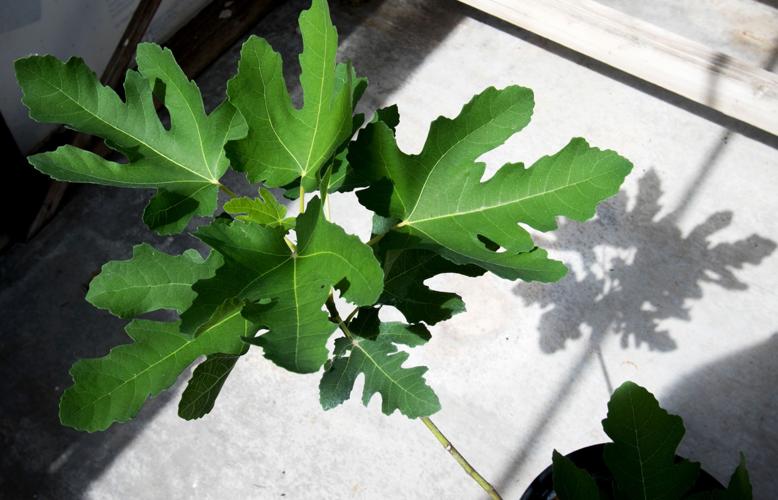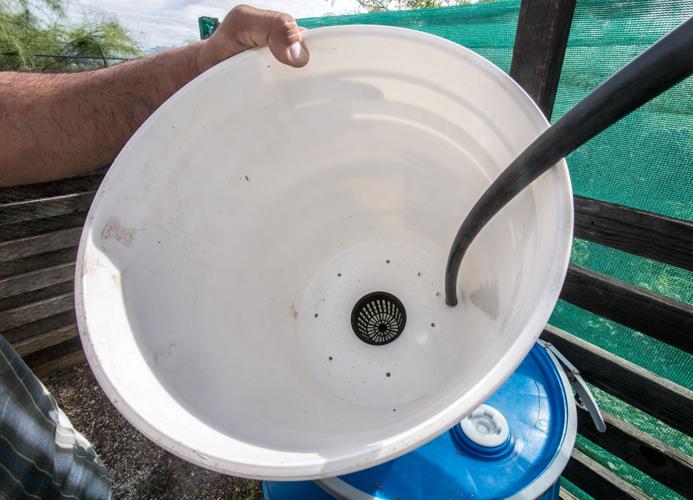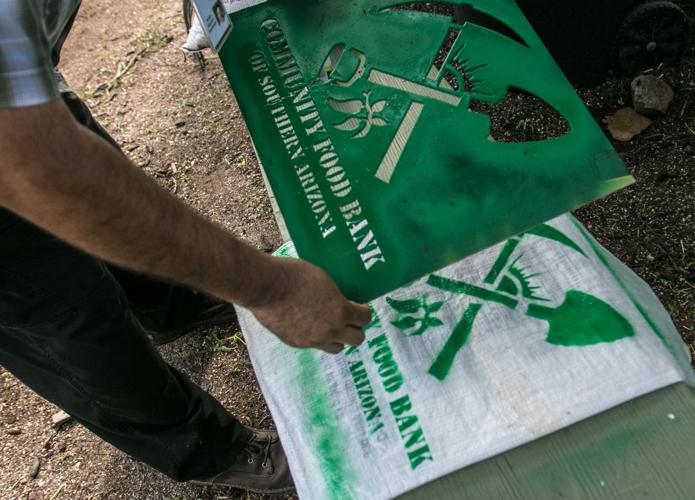You don’t have to spend anywhere near $64 to grow a tomato like author William Alexander described in his 2006 book. Here are 23 ideas to cut your edible gardening costs, just in time for fall planting season.
STOCK
Free seeds. You can get six packets of seeds every six months from the Community Food Bank of Southern Arizona.
The Pima County Public Library and Native Seeds/SEARCH have seed libraries. You take a seed packet, grow the plants, collect their seeds and return them to the library.
Swap seeds. Once or twice a year the food bank invites gardeners to share seeds, says Victor Ceballos, the food bank’s garden education coordinator.
Cheap seedlings. The food bank sells seedlings for $1 or $5, which can be cheaper than single plants at garden centers. Multi-packs typically cost less per plant, says Brandon Merchant, who owns Southwest Victory Gardens.
Tucson Organic Gardeners will hold its Fall Garden Fair from 10 a.m.-2 p.m. Sept. 30, at St. Mark’s Presbyterian Church, 3809 E. Third St. Items for sale, including seeds and seedlings, often are marked down toward the end of the fair, says Merchant, a former group president.
The Pima Cooperative Extension’s master gardeners will run their fall plant sale Oct. 7, 8-11 a.m., at 4210 N. Campbell Ave. One-gallon pots of figs, pomegranates, grapes and blackberries cost $5.
Food scraps, Part 1. South-side gardener Bernice Vanover wastes very little of the produce she buys at the grocery store. A lot of it ends up in her garden as plants.
She puts the bottoms of celery, cabbage and green onions on a plate of water or a wet towel to encourage growth. She’ll continue to grow them indoors until the weather cools off. Then she plants them into her veggie bed.
She’s grown plants from mango and avocado seeds that first sprouted after a soaking in water. She’s also planted seed-laden slices of tomatoes and whole over-ripened tomatoes.
To get a crop of bulb onions, she puts a sprouted bulb into the ground, then lets it grow and go to seed. That provides new onion plants to harvest.
Vanover often looks for produce from perennial plants, including herbs and lemon grass, to grow. They are cheaper than buying them as seedlings, she says.
When it comes to getting starts at the garden center, she asks, “Why are you buying it over there when all you have to do is go to the grocery store?”
SOIL
Food scraps, Part 2. If you don’t produce enough scraps to compost, ask your neighbors if they are willing to fill a bucket with their scraps.
Some coffee shops, including Starbucks and Exo Roast Co., give away used coffee grounds.
If you’re willing to get your hands really dirty, you can check out garbage bins behind grocery stores and restaurants for their discarded produce.
Food bank, again. The food bank carries low-price worm castings, compost, potting mix and coco coir.
Manure. Stables and small animal farms often have so much manure that they’re willing to give it away instead of paying the cost to haul and dispose of it, says Merchant. Check Craigslist.
Animal feed. Plant fertilizer is much cheaper when it’s called animal feed, says Merchant.
Alfalfa meal, fish meal, cottonseed meal and soybean meal are some of the products that have the same nutrients as plant fertilizer. Because they are sold at feed stores as livestock food, “they are way, way cheaper,” he says.
There are several websites that show the nitrogen, phosphorous and potassium (NPK) needs of plants. Compare those needs to animal feed to know what soil amendments to buy, Merchant advises.
Bulk. Go in with a few gardening neighbors to buy soil amendments in larger, cheap quantities. Compost can be covered to use throughout the year, says Tucson Organic Gardeners President Mohyeddin Abdulaziz.
Recycled composter. You can buy a $30 compost bin made from a recycled city trash bin at the Tucson Organic Gardeners fair. It costs less than bins found in retail stores, says Abdulaziz.
IRRIGATION
Master gardener David Mount, who also coordinates a community garden, had several ideas for saving water.
Ditch the drip. Drip irrigation is expensive to maintain and wastes water from leaking. Mount suggests using it as a back-up instead of the primary way to water plants.
Water hose flow meter. The meter measures how much water is flowing out of a hose. That allows you to give your plants the exact amount they need, about an inch over a bed’s surface area in the summer. The mathematical formula: the bed area multiplied by 0.623 gallon per square feet. For a 3-by-3 bed, that equals to about five gallons.
Rainwater harvesting. Get a shovel and shape the dirt in your yard so that rainwater flows into your in-ground garden. Basin beds trap water where it’s needed.
Winter gardens. Irrigating edibles generally is much cheaper in the fall and winter when lower temperatures aren’t stressing plants.
MISCELLANY
Food bank, yet again. There’s even more low-cost stuff to get from the food bank: frost cloth, shade cloth, containers, tomato cages and worm bins, complete with worms.
Small gardens. Container gardens use less soil and water than traditional beds, says Abdulaziz. Indoor gardens — think microgreens and sprouts — have even fewer needs.
Volunteers. Edible plants that pop up in unexpected places are a bonus, says Mount. You don’t have to pay for seed, irrigation or soil for these happy surprises. And who says edibles need to be in a veggie bed?



